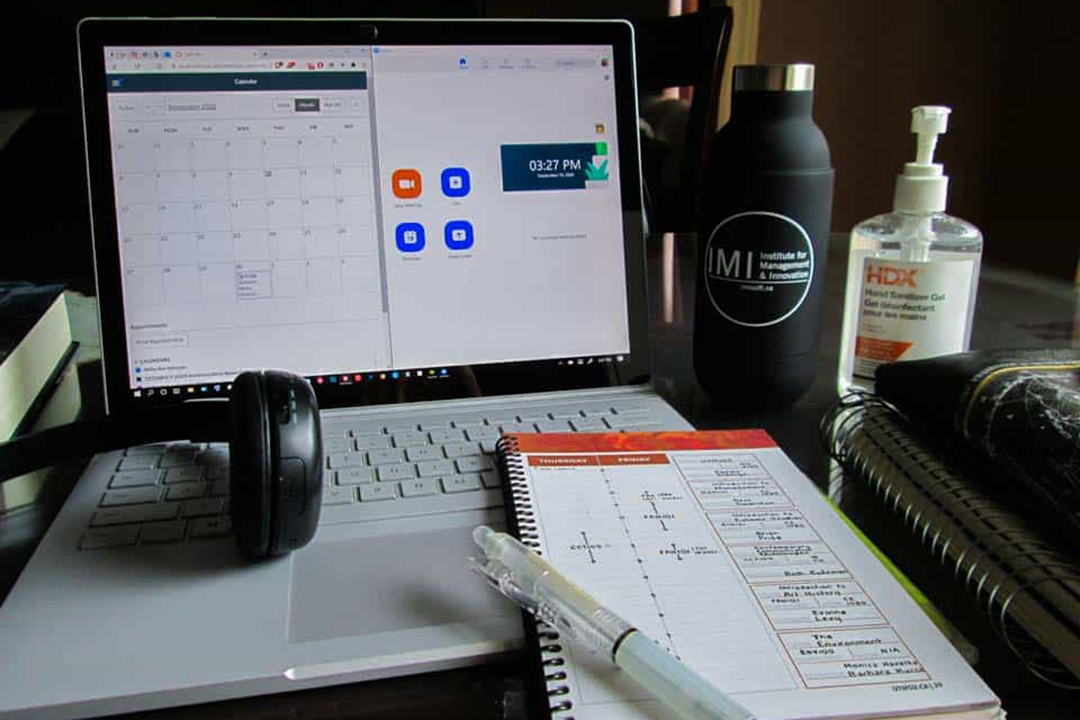Evidently, COVID-19 has had negative impacts on postsecondary education. The fall semester has not been an easy ride for students. In-person classes moved online, the second wave hit, and lockdowns have been rough for many of us.
The winter and summer sessions of 2020 provided opportunities for schools to learn lessons that would have made the fall semester easier. However, in November, 62 per cent of university students surveyed by the Ontario Confederation of University Faculty Associations indicated that the pandemic has had a significant negative impact on the quality of education.
Professors and teaching assistants often ask, “How are you?” during class. In my experience, the most common response, by far, has always been “tired.” Some refer to this as Zoom fatigue.
This fatigue — being one of the major drawbacks of online education — as well as lockdowns and quarantines have led to burnout. The lack of human interaction, especially peer-to-peer interaction, has made it hard to actually enjoy this semester.
As an international student in my first year, I find making new friends online to be difficult and mentally strenuous. The transition from high school to university is daunting as is, and the lack of interaction between students in online classes makes it even harder.
In fall 2020, some of my lectures were synchronous, so as an international student, the main issue I faced was the time zone difference. As a morning person, I feel most productive and ready to tackle academic tasks in the morning. However, my latest synchronous lecture was at midnight.
At such late hours, it can be very hard to focus on academics and retain information, making academic learning harder for some students in different time zones. Recording the synchronous lecture so that students from other countries can access it at a more convenient time — as some professors do — would solve this problem.
However, watching recorded lectures is not the same as attending them live since you can’t ask questions. Also, given the rise of ‘burnout,’ it is hard to actually commit to watching the recordings. Moreover, although not all my classes were at terribly late hours, some of my exams were.
I had tests scheduled from 12:00–2:00 am and an exam from 2:00–5:00 am. However, while I’m taking classes from Mauritius, an island with a nine-hour time difference from Toronto, students from other countries, like China for example, would have it even worse. The university cannot expect students from those time zones to perform at their academic best under those circumstances.
In winter 2021, I hope that more asynchronous components are available. Personally, I would rather have a mixture of both asynchronous and synchronous components for courses, since synchronous components are helpful in that they enable us to ask questions and discuss questions more in depth with our peers, whereas asynchronous components allow for better accommodations regarding time differences.
Another change would be to make tests available for 24 hours or so, allowing international students to take them at a time that’s convenient for them. This way, students in different time zones would not be disadvantaged and would be given a better chance to achieve academic success.
I believe that this term will still have its challenges, but we need to learn lessons from the previous semesters and be better prepared. We must develop our own coping strategies, as there is no singular solution that works for everyone. Taking into consideration everyone’s unique needs and securing a foundation where interacting with our peers and professors is a priority is simply one possibility.
Prisha Nuckchady is a first-year arts and sciences student at UTM.


